10 Best Campsites in Iceland for Aurora Watching
Want to catch the Northern Lights in Iceland? Here are 6 great campsites with wide-open skies and amazing spots for easy, laid-back aurora watching.
Iceland's appeal for families extends beyond its dramatic landscapes. The country consistently ranks as one of the safest in the world, with a low crime rate and friendly locals who are generally very accommodating to children. Most restaurants welcome kids with open arms, offering children's menus and high chairs. The midnight sun in summer means longer days for exploration, while the short winter days are perfect for catching the northern lights before bedtime.
The educational value of an Iceland trip is immeasurable. Children can witness geology in action, learning about volcanic activity, glacial formations, and tectonic plates in the most hands-on way possible. Wildlife encounters, from Icelandic horses to seals and whales, create lasting memories and spark curiosity about the natural world.
Summer months from June to August offer the most family-friendly conditions. Temperatures hover between 50-60°F (10-15°C), roads are clear, and all attractions are accessible. The extended daylight hours mean you're not rushing to fit activities in before dark, and kids can maintain more flexible schedules. However, this is peak tourist season, so expect higher prices and crowded attractions.
September to May brings a different kind of magic. While weather is more unpredictable and some highland roads close, you'll have better chances of seeing the northern lights, fewer crowds, and lower prices. Winter activities like glacier hiking and ice cave tours are spectacular, though you'll need to pack more carefully and plan for shorter days.
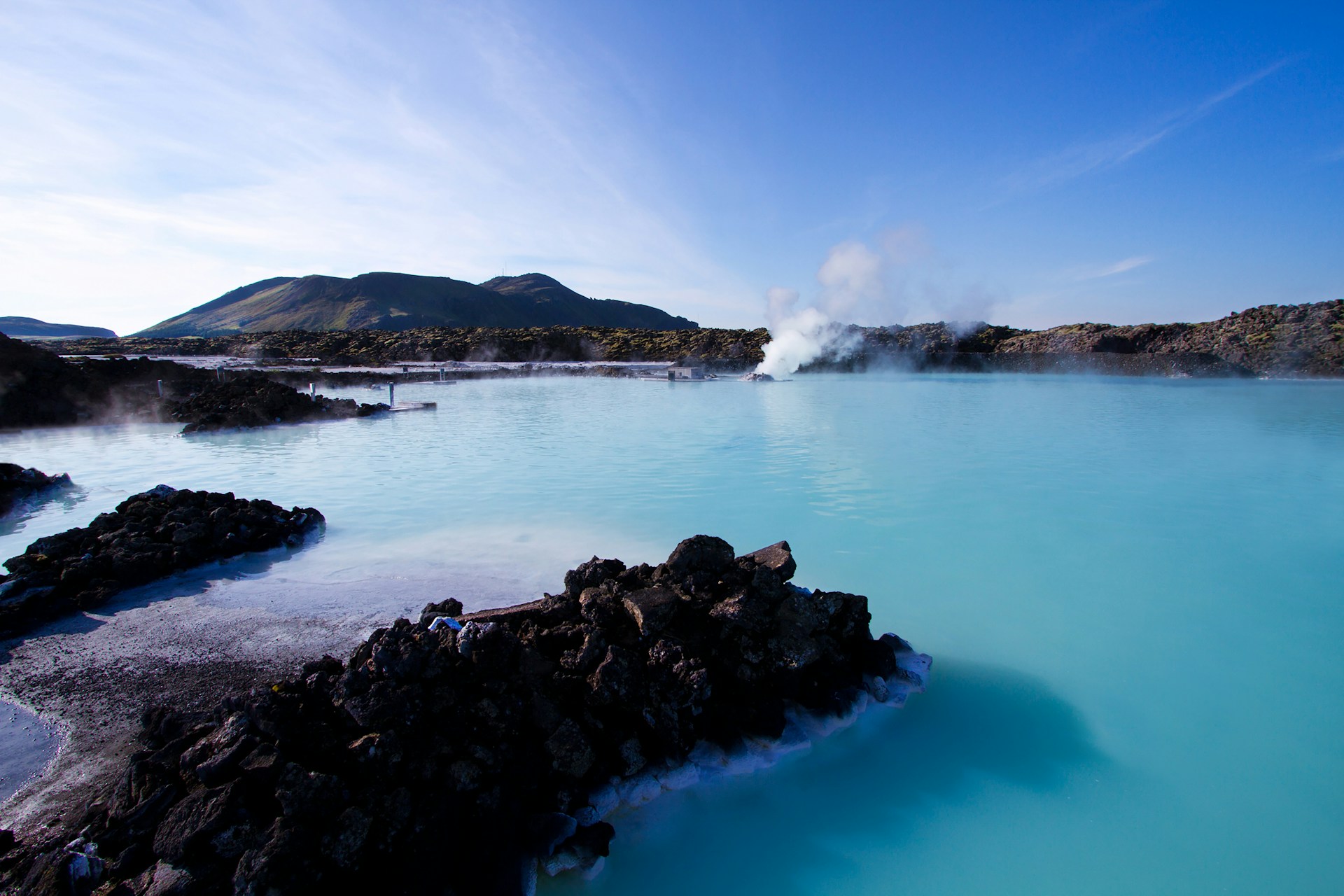
Start your adventure in Reykjavik, Iceland's charming capital. Begin with a visit to the iconic Hallgrímskirkja church, where kids can ride the elevator to the top for panoramic city views. Wander down the colorful main street, Laugavegur, stopping at ice cream shops and quirky stores.
In the afternoon, head to the Blue Lagoon for your first taste of Iceland's geothermal wonders. The milky-blue waters maintain a perfect temperature year-round, and the site offers family changing rooms and shallow areas where kids can safely play.
Book your tickets well in advance, as this is Iceland's most popular attraction. The silica mud masks are a hit with children who love the silly factor of smearing white goop on their faces.
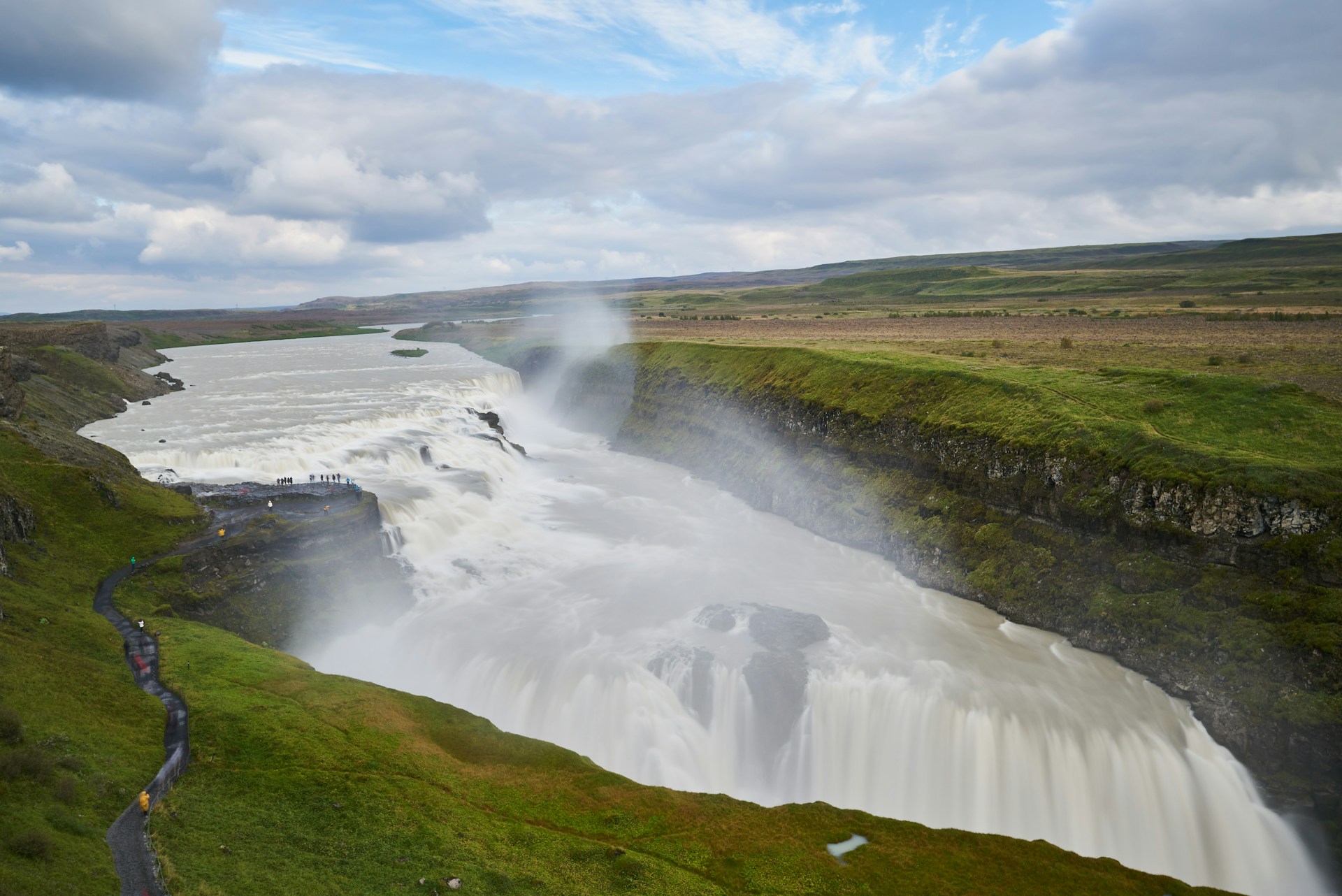
The Golden Circle is Iceland's most famous route, and for good reason. Start at Þingvellir National Park, where you can literally walk between two continental plates. The rift valley is dramatic enough to impress even skeptical teenagers, and the short walks are manageable for little legs.
Continue to Geysir geothermal area, where Strokkur erupts every 5-10 minutes, shooting water up to 100 feet in the air. Kids are mesmerized watching the pool bubble and anticipating the next eruption. Make it a game by having them guess when it will blow.
Gullfoss waterfall is your final major stop, a thundering double cascade that showcases Iceland's raw power. The viewing platforms are stroller-accessible in summer, and there are multiple vantage points so families can choose their comfort level with the spray and mist.
End the day at the Secret Lagoon in Flúðir, a more low-key geothermal pool than the Blue Lagoon. It's less crowded, more affordable, and has a wonderfully natural setting with a small geyser erupting nearby.
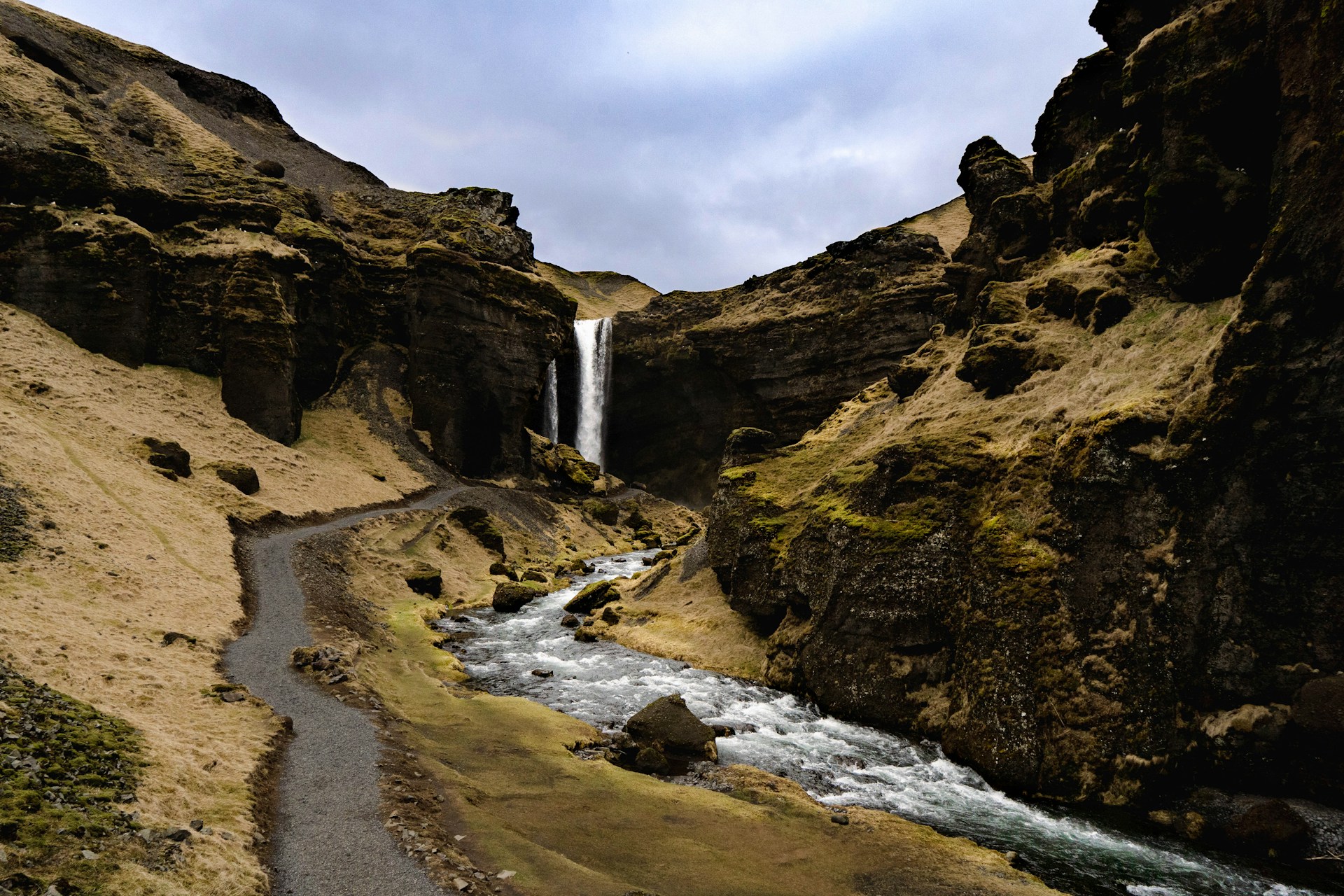
Drive along Iceland's stunning south coast, stopping at the magnificent Seljalandsfoss waterfall where you can walk behind the curtain of water. Bring rain gear as everyone gets wet, but kids love the adventure of it. Just be cautious with slippery paths.
Skógafoss is next, an equally impressive waterfall where you can climb 527 steps to the top for incredible views. For families with younger children, viewing from the bottom is equally spectacular, and you might spot rainbows in the mist on sunny days.
Visit the black sand beach at Reynisfjara, where dramatic basalt columns and sea stacks create an otherworldly landscape. Children are fascinated by the hexagonal rock formations. Important safety note: never turn your back on the ocean here, as sneaker waves can be dangerous.
Stay overnight in the Vík area, where kids can enjoy the charming village and perhaps spot puffins on nearby cliffs if visiting between April and August.
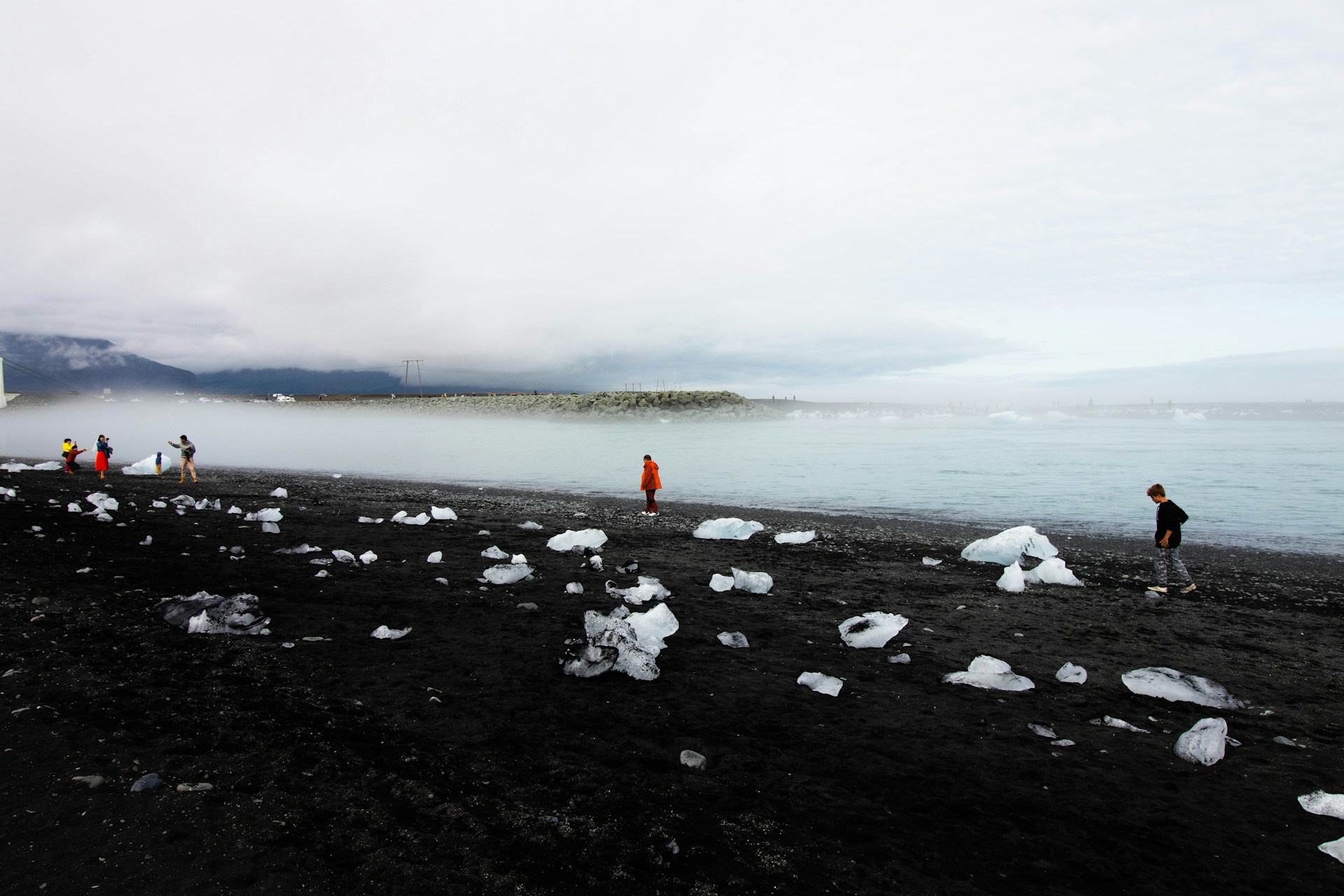
Drive to Jökulsárlón Glacier Lagoon, one of Iceland's most magical locations. Icebergs calve from the glacier and float in the lagoon, creating a constantly changing seascape. Take a boat tour that gets you up close to the ice formations. Zodiac tours have age restrictions, but the larger amphibious boats welcome children of all ages.
Cross the road to Diamond Beach, where icebergs wash up on black sand, sparkling like jewels. Kids love comparing the different shapes and sizes, and it's a photographer's paradise for capturing family moments.
If time allows, take a detour to the Skaftafell area for a hike to Svartifoss waterfall, famous for its dark basalt columns. The walk is about 45 minutes each way and relatively easy for children aged 5 and up.
You have options here depending on your family's energy levels. Hardy families can continue exploring the eastern fjords, which offer incredible scenery and opportunities to spot reindeer. The winding coastal roads provide stunning views, though they do add significant driving time.
Alternatively, begin making your way back toward Reykjavik, stopping at attractions you may have rushed past earlier. Consider visiting Seljavallalaug, a geothermal pool built into a hillside that requires a short 15-minute walk. It's free, beautiful, and feels like discovering a secret.
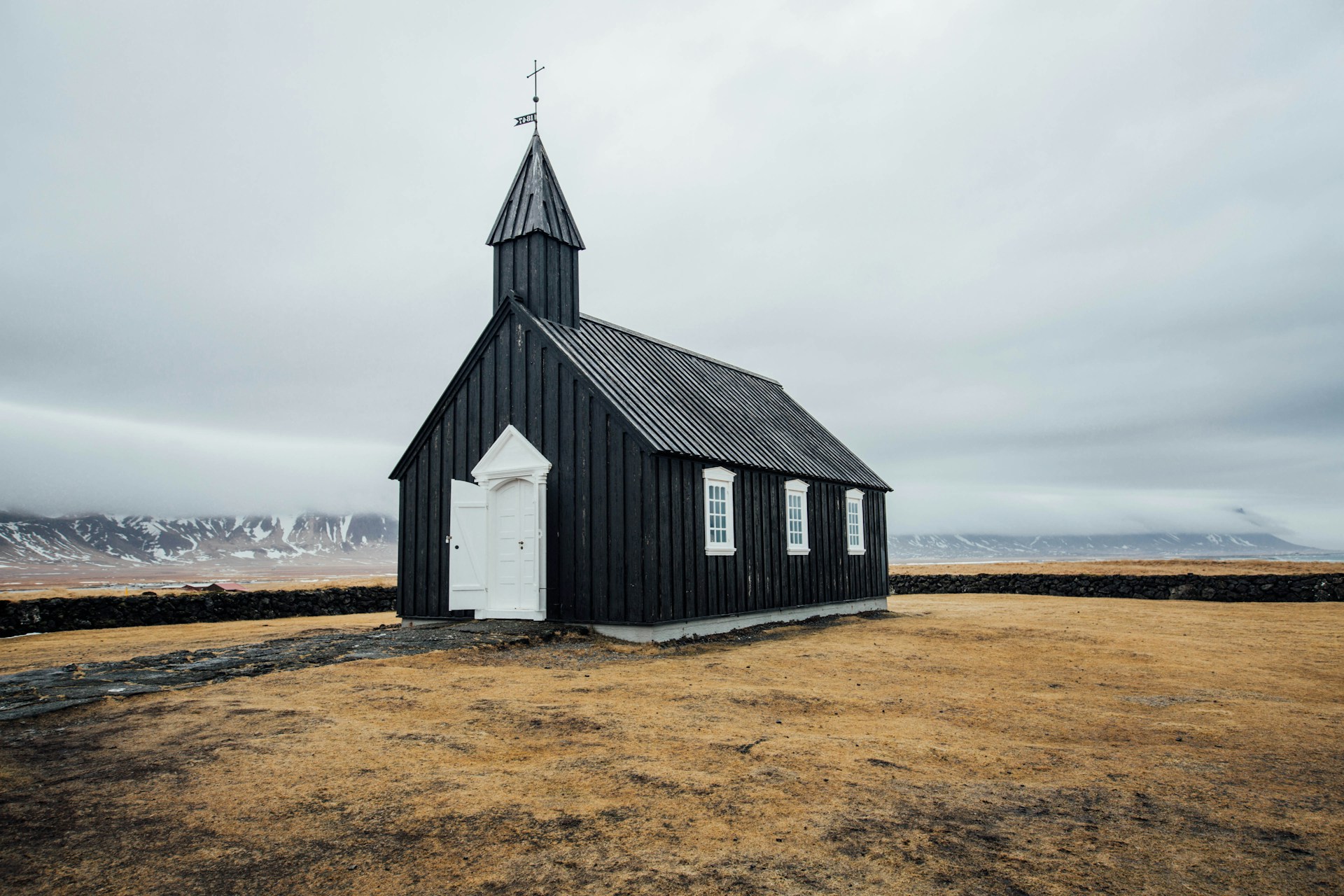
The Snæfellsnes Peninsula is often called "Iceland in Miniature" because it contains such diverse landscapes in a compact area. Drive the scenic coastline, stopping at Kirkjufell mountain (familiar to Game of Thrones fans) and the adjacent waterfall.
Explore the Vatnshellir lava cave with a guided tour suitable for children aged 5 and up. Descending into the 8,000-year-old lava tube is an unforgettable experience, and guides make the geology accessible and exciting for young learners.
Visit the black church at Búðir and the various beaches along the coast. Djúpalónssandur features interesting rock formations and the remains of a shipwreck, which fascinate curious kids.
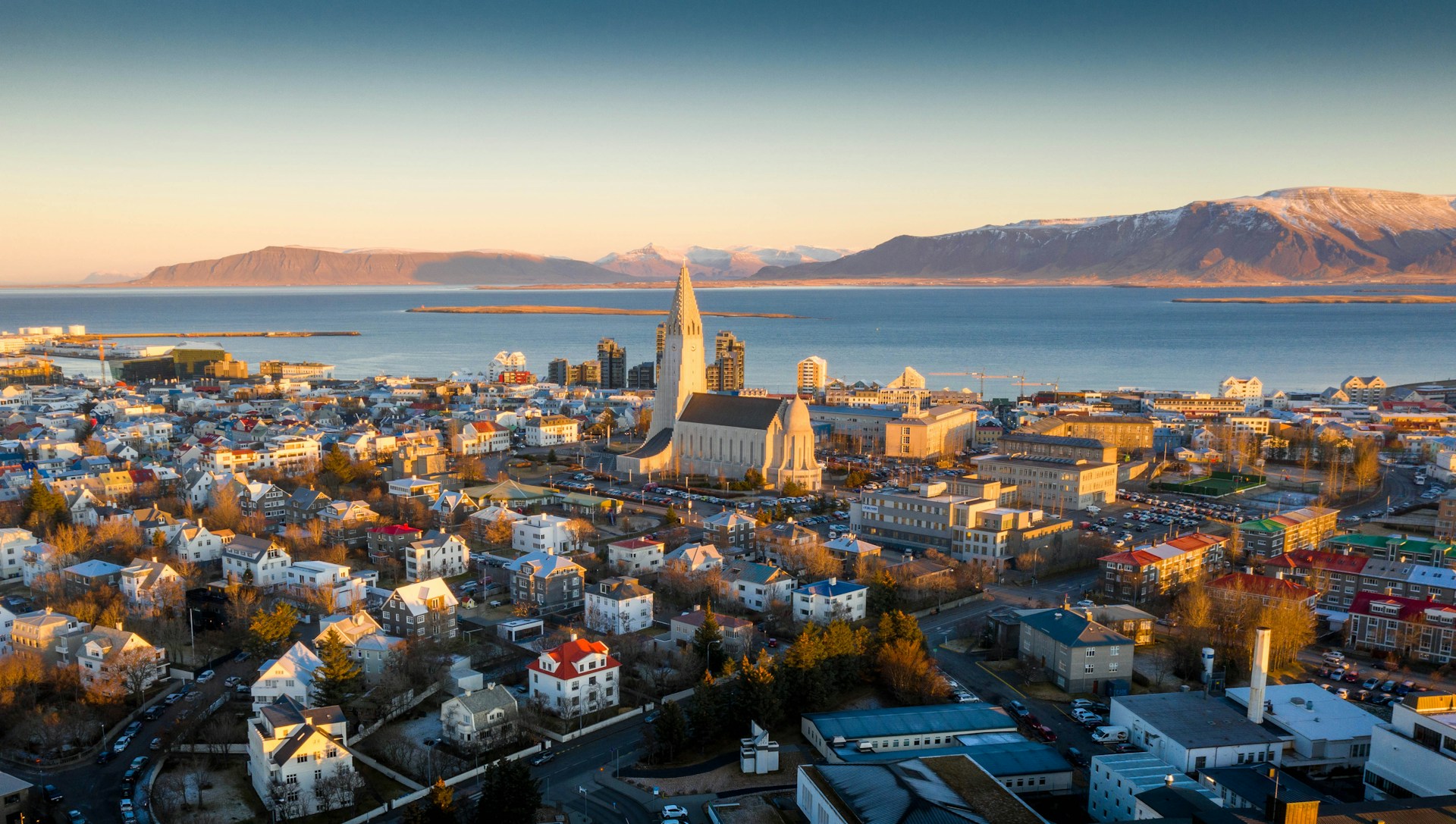
Dedicate your final day to Reykjavik's family attractions. The Perlan Museum features an indoor ice cave, interactive exhibits about Iceland's nature, and a planetarium with aurora shows. It's educational without feeling like school.
Visit one of Reykjavik's many geothermal pools. Unlike the Blue Lagoon, these are where locals swim and relax. Laugardalslaug has waterslides and hot tubs that kids adore. Swimming in Iceland is a cultural experience, and children love the idea of swimming outdoors even in cooler weather.
The Reykjavik Maritime Museum or the Whales of Iceland exhibition are excellent options for curious minds. End with a stroll around the harbor, perhaps catching a whale watching tour if schedules align.
Iceland with kids is not just possible; it's phenomenal. The country offers a rare combination of safety, accessibility, and awe-inspiring natural wonders that create perfect family memories. Children who visit Iceland don't just see pictures in textbooks about volcanoes and glaciers; they stand on volcanic rock, touch ancient ice, and witness the earth actively shaping itself.
These experiences foster curiosity, wonder, and respect for our planet in ways that classroom learning simply cannot match. With proper planning, reasonable expectations, and a spirit of adventure, your Icelandic family vacation will become one of those cherished trips that your children remember and talk about for years to come.
Yes, Iceland is one of Europe's pricier destinations. A family meal at a restaurant can easily cost $100-150, and accommodations average $150-300 per night. However, you can manage costs by staying in places with kitchens, shopping at budget supermarkets like Bónus, and preparing your own meals. Many of Iceland's best attractions—waterfalls, beaches, and scenic drives—are completely free.
Beyond typical tourist items, consider practical souvenirs with meaning. Icelandic wool sweaters (lopapeysa) are warm, beautiful, and lasting reminders of the trip. Small lava rocks from beaches (not from protected areas) make great keepsakes. Books about Icelandic folklore and trolls spark imagination. Stuffed puffins or toy Icelandic horses are cuddly memories. Older kids enjoy Icelandic candy from Bónus supermarkets or music from local artists.
Iceland has excellent healthcare with modern facilities. Reykjavik has several hospitals and clinics, and larger towns have health centers. EU citizens with a European Health Insurance Card receive free or reduced-cost care. Others should have travel insurance covering medical emergencies. Pharmacies (apótek) stock familiar medications, though some require prescriptions.